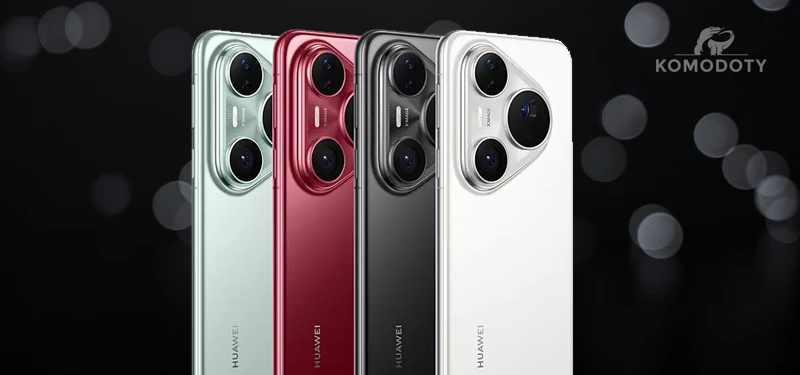Qualcomm’s Snapdragon AR1+ pushes AI into smart glasses
Qualcomm’s newly revealed Snapdragon AR1+ chip sets a new standard for augmented reality hardware. Debuting at AWE 2025, the AR1+ positions itself as a compact, efficient solution tailored for smart glasses. At 26% smaller and more power‑efficient than its predecessor, the chip promises to run on‑device AI routines—like object recognition, language translation, and contextual overlays—without relying on a paired smartphone.
That on‑device architecture matters for several reasons. First, it minimizes latency. Instead of sending data to a remote processor, the AR1+ can analyze surroundings in real time, enabling seamless applications such as live translation or identifying landmarks on the go. Second, it preserves privacy by keeping sensory inputs local. Sensitive data never leaves the device, a built‑in advantage in environments that require discretion.
Power efficiency also receives a boost. By reducing off‑chip data transfer and leveraging a chip built on cutting‑edge architectural improvements, battery life gets extended—critical in wearables. Users shouldn’t have to sacrifice usability mid‑day—or carry cumbersome rechargers—just to keep AR features active.
From a deployment standpoint, the AR1+ is flexible. It supports both Android and custom AR OS architectures, and its modularity allows manufacturers to integrate varying sensor packages. As AR glasses evolve from industrial prototypes to consumer‑friendly form factors, this adaptability will influence design decisions—whether for enterprise use, travel, or classroom tools.
The broader impact of Snapdragon AR1+ is the acceleration of mainstream AR adoption. When paired with lightweight optical designs and intuitive interfaces, AR glasses stand a chance of moving beyond niche markets. More accessible hardware lowers barriers to entry for third‑party developers, who can now test spatial‑computing concepts in real‑time environments without tethered smartphones.
In essence, Qualcomm’s AR1+ could catalyze a pivot in AR strategy. Hardware makers may now feel confident integrating smart glasses into everyday life—offering real‑time contextual information while preserving battery life and data security. As more wearables gain independent intelligence, we’ll likely see new use cases in fields such as field service, logistics, and even retail.
Qualcomm has set a practical foundation. Now it’s time for developers and designers to fill in the applications—bridging sensor hardware with intuitive user experiences in the real world.




Leave a comment
This site is protected by hCaptcha and the hCaptcha Privacy Policy and Terms of Service apply.